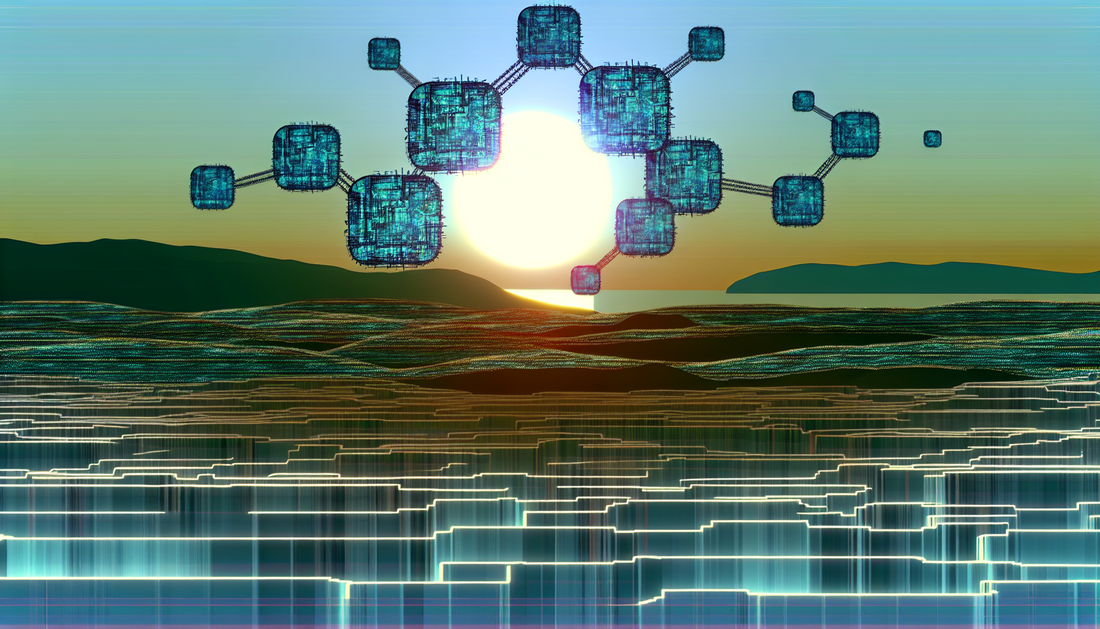
Unlocking QuarkChain: The Future of Blockchain Scalability
Share
How QKC Works
QuarkChain (QKC) aims to provide a high-throughput, scalable blockchain platform by utilizing a two-layered structure. The underlying technology is designed to address common issues faced by traditional blockchain systems, most notably scalability and speed, making it a more functional solution for decentralized applications (DApps) and transactions.
Layered Architecture
The QuarkChain network comprises two layers: a root chain and multiple sharding chains. Sharding is a technique that splits a network into smaller partitions called shards, each capable of processing transactions simultaneously. This enables parallel processing, potentially increasing the number of transactions per second (TPS) on the network. The root chain is responsible for confirming the blocks generated by the shard chains, ensuring the security of the entire blockchain.
Sharding Details
Each shard in the QuarkChain network can execute its own consensus algorithm and smart contracts. This makes it possible for the network to be flexible in terms of adapting to different applications, without slowing down the entire system or compromising security. Importantly, shards are independent, which means each shard has its own ledger and can interact with other shards through cross-shard transactions.
Cross-Shard Transactions
One of the innovations that QuarkChain brings is seamless cross-shard transactions. Users can send assets or data from one shard to another without waiting for confirmation on the root chain. The network uses an efficient mechanism to ensure cross-shard transactions complete quickly and securely. This reduces potential bottlenecks when compared to blockchain systems that operate in a single ledger.
Consensus Mechanism
QuarkChain employs a Proof of Work (PoW) mechanism for block mining but has adapted it for its multi-chain system. While PoW traditionally consumes significant computational power, the root and shard chains operate on different PoW mining difficulties. This allows miners with lower computational power to still contribute to the system by validating shards with lower difficulty levels. Meanwhile, the root chain, critical for blockchain security, has a higher PoW difficulty to maintain security.
Smart Contract Capability
The QuarkChain platform also supports Ethereum-based smart contracts. Developers familiar with Ethereum’s tools such as Solidity can easily transition to creating decentralized apps on the QuarkChain network. This feature broadens the potential scope of use cases for the QuarkChain blockchain while maintaining scalability attributes.
Network Security
To ensure safety, QuarkChain uses a technique called Root Chain First, meaning the root chain must confirm all shard chain blocks. This foundational layer of security ensures the validity and integrity of the network, reducing risks associated with double-spending and network fragmentation.
